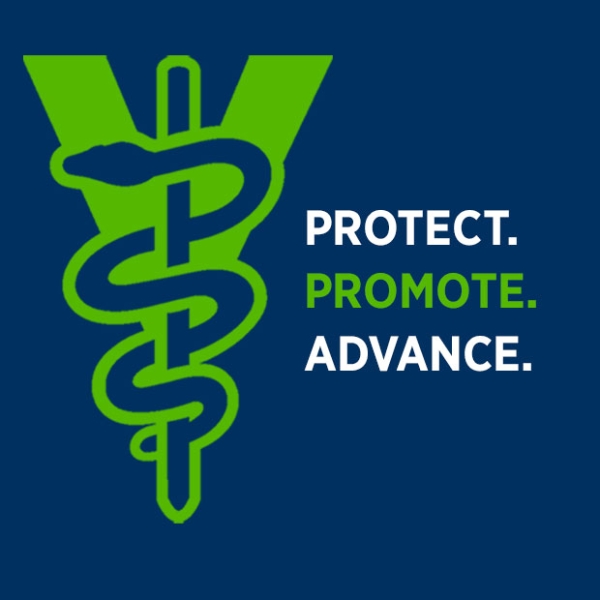Study shows communication gaps between veterinarians and clients
 An analysis of five years’ worth of survey data shows significant communications gaps between veterinary teams and their clients, according to officials with the Partners for Healthy Pets (PHP). The data indicate that pet owners don’t always hear what healthcare team members think they are communicating, PHP officials said in releasing the study results Monday.
An analysis of five years’ worth of survey data shows significant communications gaps between veterinary teams and their clients, according to officials with the Partners for Healthy Pets (PHP). The data indicate that pet owners don’t always hear what healthcare team members think they are communicating, PHP officials said in releasing the study results Monday.
In fact, the study found that most dog and cat owners fail to recognize what actually occurs during their pet’s physical exam, as well as the importance of the veterinary services performed.
This disconnect presents an occasion for veterinarians to examine how we communicate what is happening in an exam – and the benefits the exam brings to the pet and its owner. Practices are missing an important opportunity to communicate and educate clients about the importance of each element of a preventive healthcare exam, PHP officials said.
The study compared survey results submitted by both veterinary team members and their clients using an online survey tool created by Partners for Healthy Pets to help veterinary practices identify communication gaps with clients. Called The Opportunity, the free tool allows veterinary practices to send survey invitations to clients whose pets have recently received a preventive healthcare exam, asking about the services performed and their understanding of the services that are normally included in preventive exams. A survey with similar questions is sent to veterinary healthcare team members at the clinic, allowing for comparison between team and client answers.
Mind the gap
The study revealed statistically significant communication disconnects between clients and veterinary team members in some key areas:
- Pain assessment: Compared to staff survey responses, significantly fewer clients were aware that a pain assessment was performed and was an important component of preventive healthcare. At their pet’s most recent exam, fewer than one-half of dog owners and one-third of cat owners believed this important assessment had been performed. That result contrasted sharply with staff responses, which indicated that the great majority of preventive healthcare visits included completion or discussion of a pain assessment by the veterinary team.
- Dental exam: Healthcare staff reported much higher rates of canine and feline dental exams performed than did their clients. While 95 percent of veterinary staff indicated that canine preventive visits typically include dental exams, only 77.2 percent of clients believed a dental exam had been part of their dog’s most recent checkup. For feline patients, the response rates were 94.6 percent for staff versus 78.4 percent for clients.
Communication gaps also were found in connection with these veterinary services: general physical exams, weight and nutritional assessments, internal parasite testing, broad-spectrum parasite control, heartworm testing, behavioral assessments, vaccinations, follow-up plans based on assessments and recommendations, and retrovirus testing.
The fix
The good news is that any veterinary practice can take advantage of the free survey tool to identify any communication gaps that exist with their own clients, then use other free tools provided by Partners for Healthy Pets to help close those gaps. These include videos and scripts that demonstrate ways to effectively communicate with clients.
The Opportunity survey tool gives practice teams access to individualized, password-protected accounts where they can view results, evaluate trends specific to their practices, and pinpoint areas to improve.
“Practices that use The Opportunity to reveal their unique communication gaps have taken the first step to provide better and more valued healthcare for clients,” said AVMA Assistant Executive Vice President Dr. David Granstrom, co-chair of Partners for Healthy Pets. “The second step is to develop good communication skills by the staff. It really is the fix for ensuring that a client has full appreciation and understanding of the components of a preventive healthcare exam and their importance.”
The full results of The Opportunity study are published in a white paper on the Partners for Healthy Pets website and also in the February 2018 issue of the American Animal Hospital Association’s Trends magazine.



Comments
Add New Comment